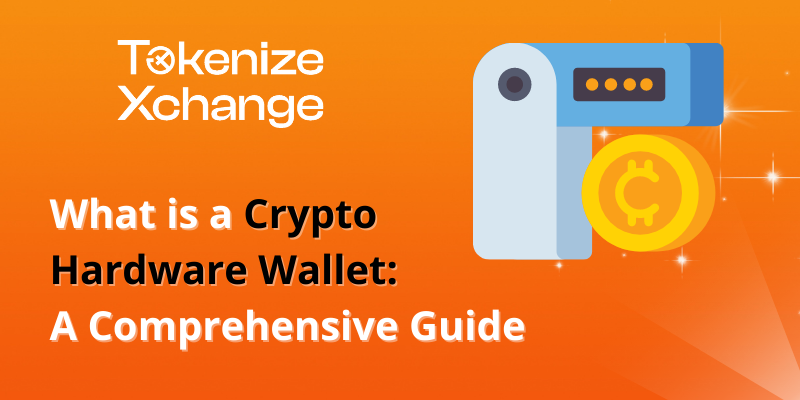
A crypto hardware wallet is a physical device designed to store and protect cryptocurrencies, such as Bitcoin and Ethereum. Hardware wallets are one of the most secure ways to store digital assets, as they are offline and therefore less vulnerable to hacking attacks.
Then, how about a cold wallet?
You might have heard of the term ‘cold wallet’ before and have wondered whether it is the same as a hardware wallet. In fact, a cold wallet is a general term that refers to any offline wallet, which can include hardware wallets and other storage methods such as paper wallets. Cold wallet storage refers to keeping the assets in an offline environment and away from the internet, as a way to prevent hacking or any other cyber security breaches. In short, a hardware wallet is a specific type of cold wallet.
Advantages of using a hardware wallet
One of the main advantages of a crypto hardware wallet is that it keeps the private keys for a user’s digital assets offline. Private keys are strings of code that are used to access and manage a user’s cryptocurrency holdings. By keeping the private keys offline, a hardware wallet reduces the risk of hacking or other online security breaches.
Another advantage of a crypto hardware wallet is that it can store multiple types of cryptocurrencies. Many hardware wallets are compatible with a wide range of digital assets, making them a convenient option for users who hold multiple types of cryptocurrencies or even NFTs.
What does a hardware wallet look like?
A crypto hardware wallet typically consists of two parts: a small computer or microcontroller, and a connection to that computer, such as a USB cable. The user must connect the hardware wallet to a computer or mobile device in order to access and manage their digital assets. Some Hardware wallets also have a small screen to check the transaction and other information.

When choosing a crypto hardware wallet, it’s important to consider the security features and reputation of the manufacturer. Some well-known and reputable hardware wallet manufacturers include Ledger, Trezor, and KeepKey.
How to use a hardware wallet?
To use a crypto hardware wallet, the user must first create a backup of the seed phrase provided at the time of setup. A seed phrase is a set of words which is used to restore the wallet in case of loss or damage to the hardware wallet. The user must also set a passphrase to protect their digital assets. A passphrase is a password that is used to access the wallet. It is essential for users to keep their seed phrase and passphrase in a secure and secret location.
If you would like to transfer your crypto from a regulated crypto exchange like Tokenize to a hardware wallet or vice versa, you can easily do so by connecting your hardware wallet to your computer. Open your hardware wallet’s software and find the option to receive a transaction. You will then be provided with an address which you will need to copy and paste into the withdrawal or send field on Tokenize Malaysia. Enter the amount of crypto you wish to transfer and confirm the deposit transaction. For more information, read here to more about digital asset withdrawal on Tokenize Malaysia.
In conclusion, a crypto hardware wallet is a secure and convenient option for storing and managing digital assets. By keeping the private keys offline and providing multiple cryptocurrency compatibility, these devices provide peace of mind for users looking to protect their cryptocurrency holdings. It is important for users to carefully research and choose a reputable hardware wallet manufacturer, and to keep their seed phrase and passphrase secure.